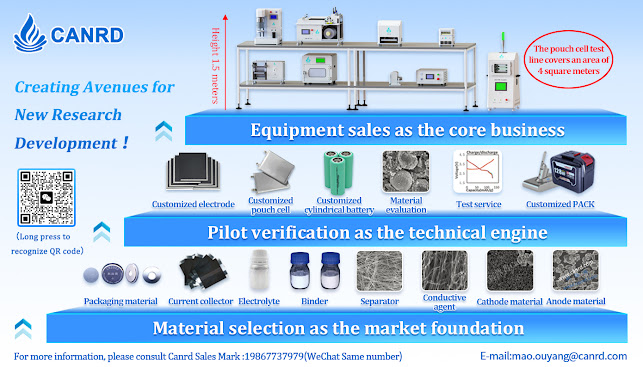Uncovering the secrets of battery performance: working principle and performance evaluation of battery separators
The components of a battery are a cathode and an anode, which are separated by a separator. The separator is wetted by an electrolyte, which forms a catalyst that facilitates the movement of ions from the cathode to the anode during charging and vice versa during discharge. Ions are atoms that have lost or gained electrons and become electrically charged. While ions can pass freely between the electrodes, the separator is a non-conductive insulator.
The components of a battery are a cathode and an anode, which are separated by a separator. The separator is wetted by an electrolyte, which forms a catalyst that facilitates the movement of ions from the cathode to the anode during charging and vice versa during discharge. Ions are atoms that have lost or gained electrons and become electrically charged. While ions can pass freely between the electrodes, the separator is a non-conductive insulator.







